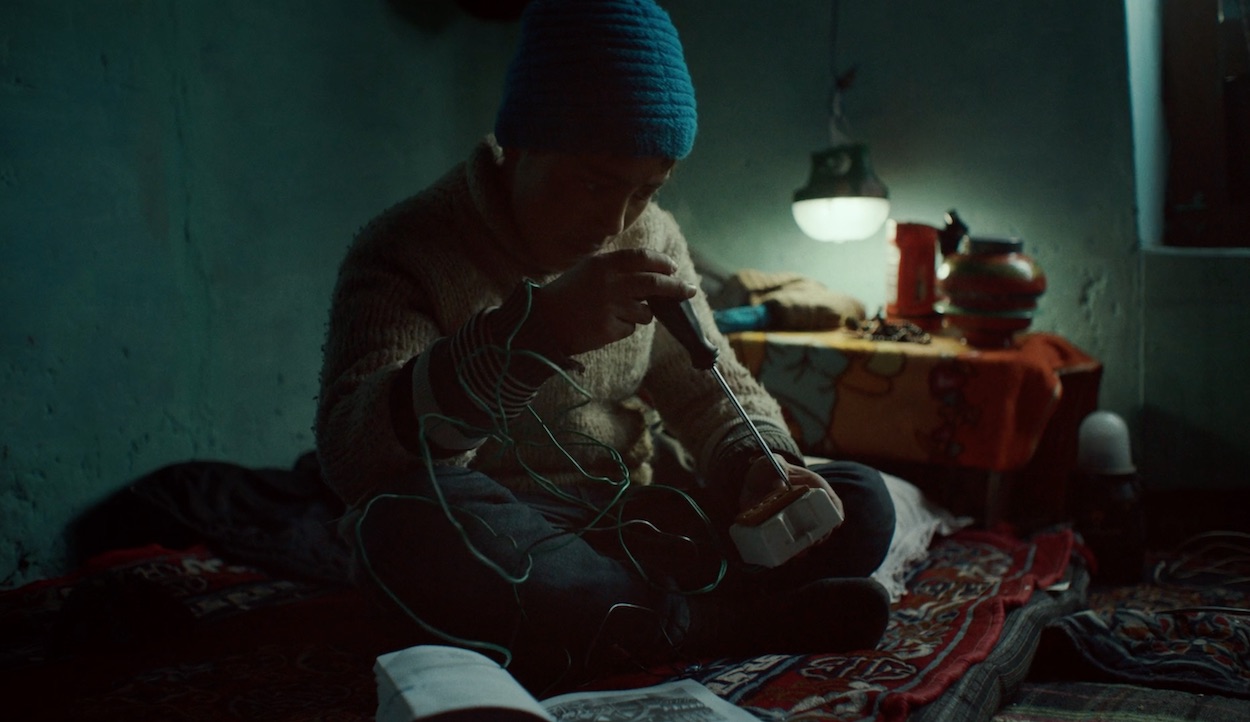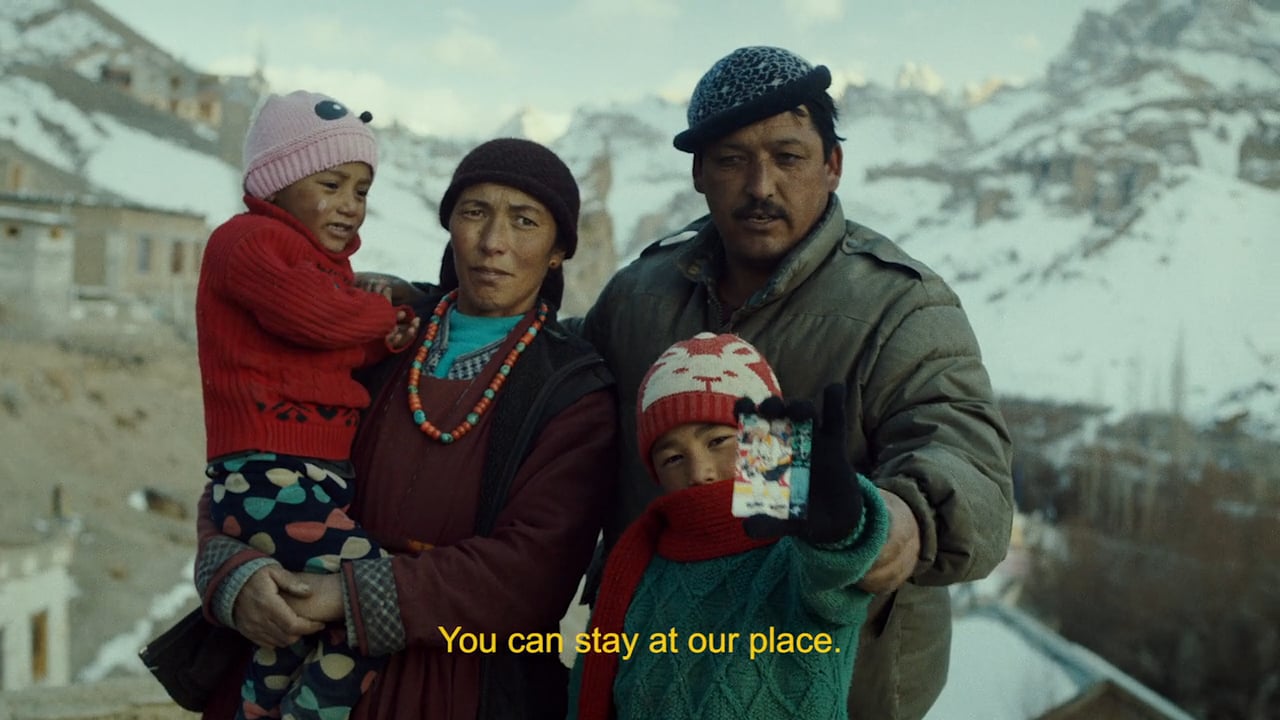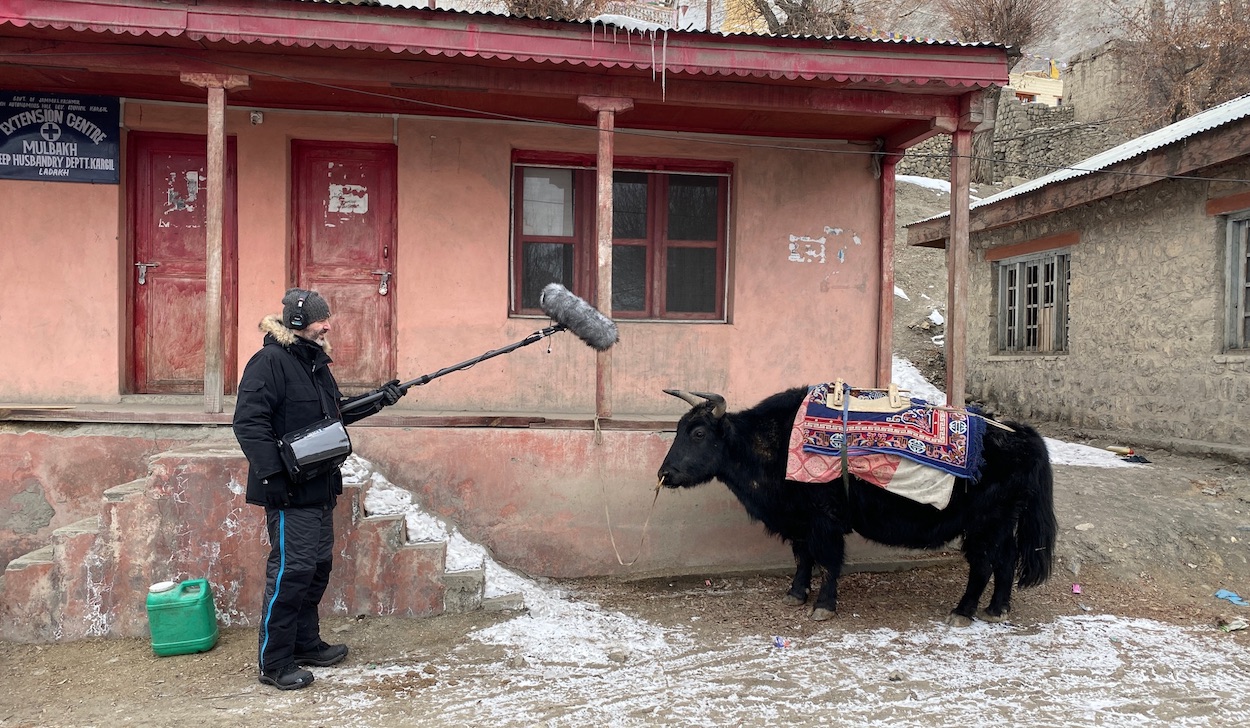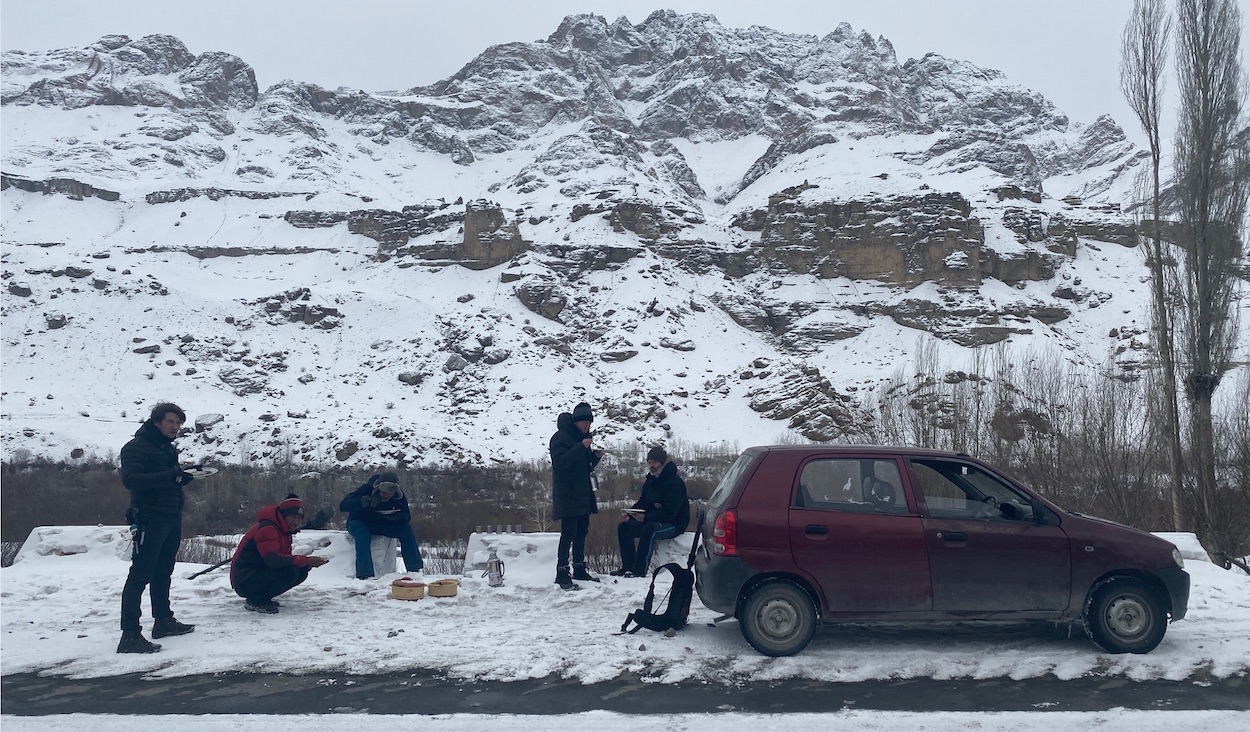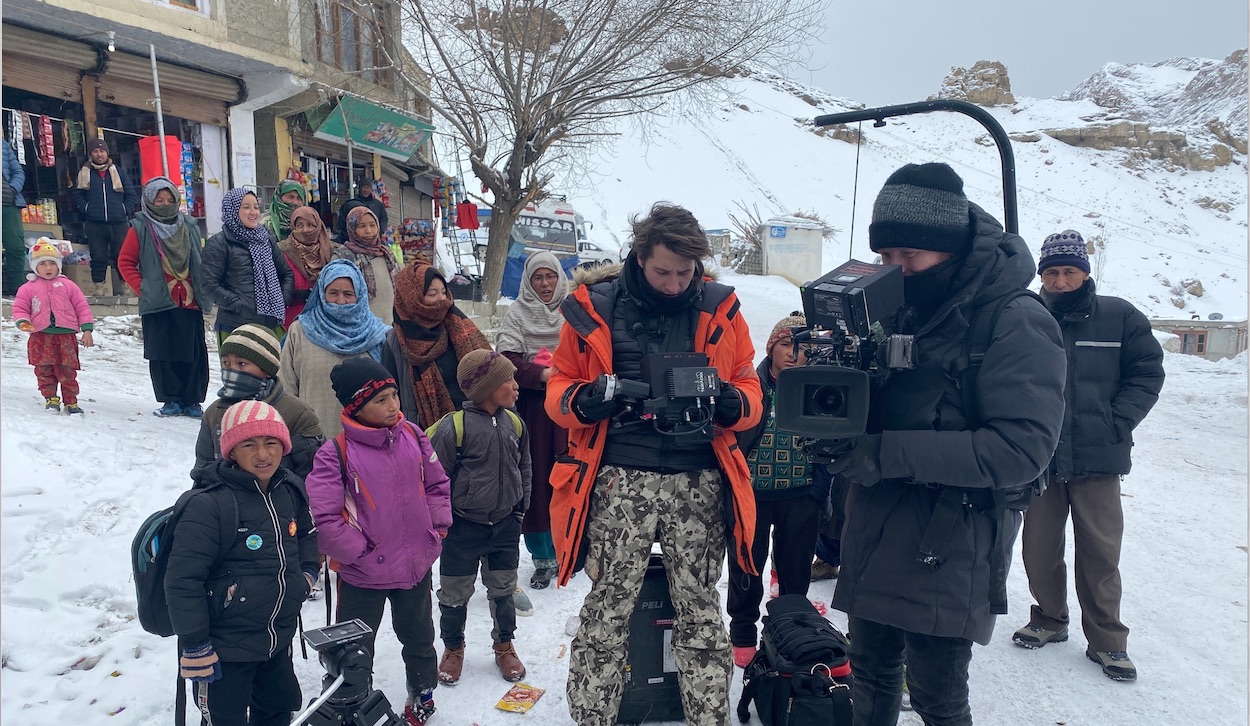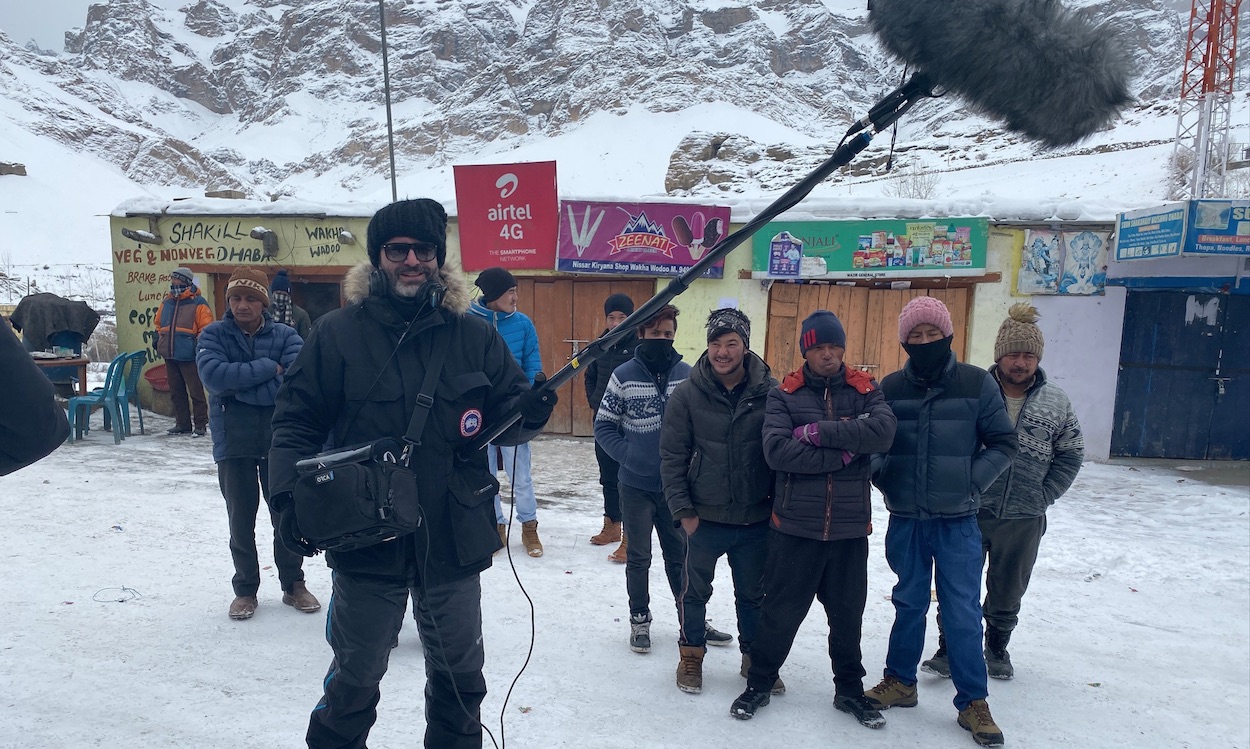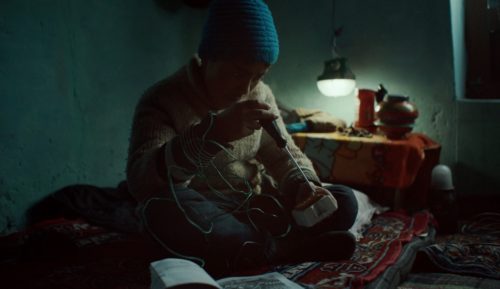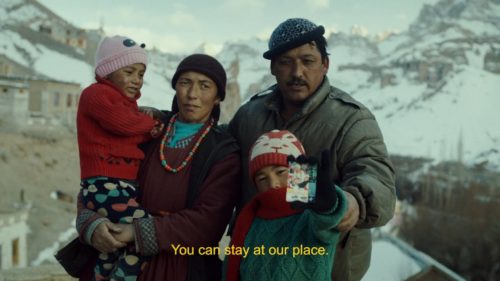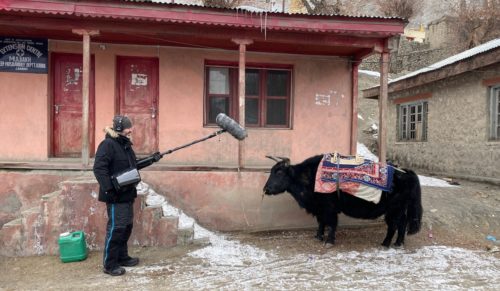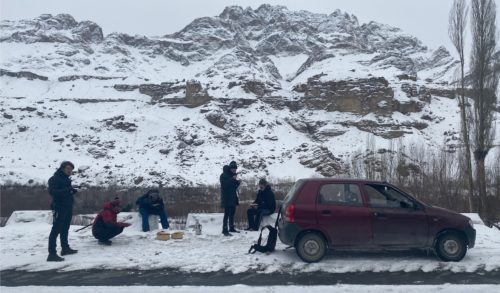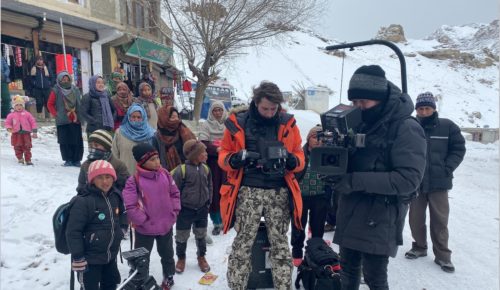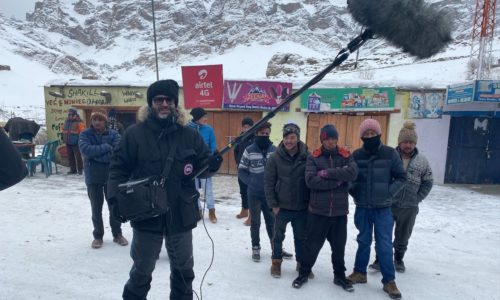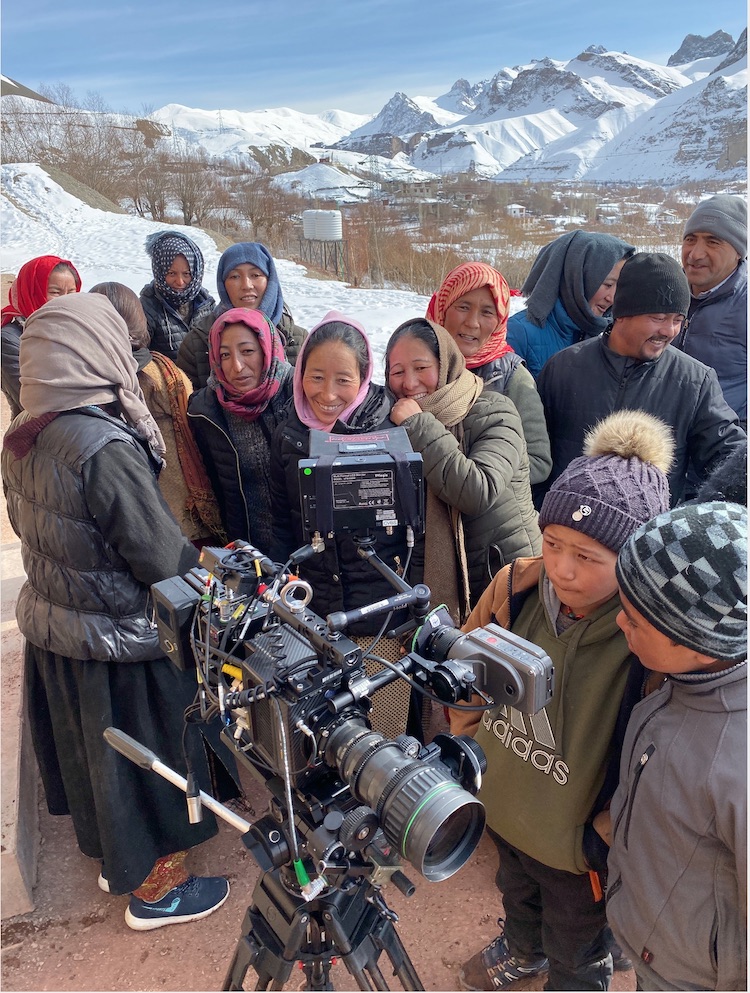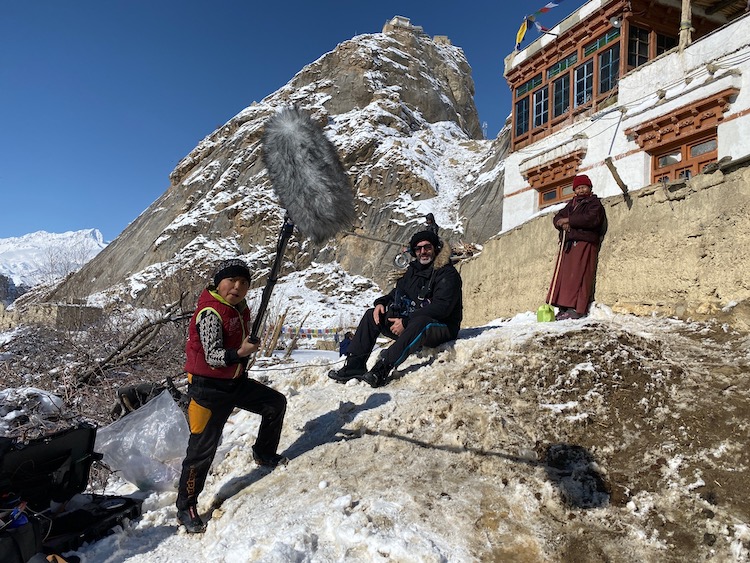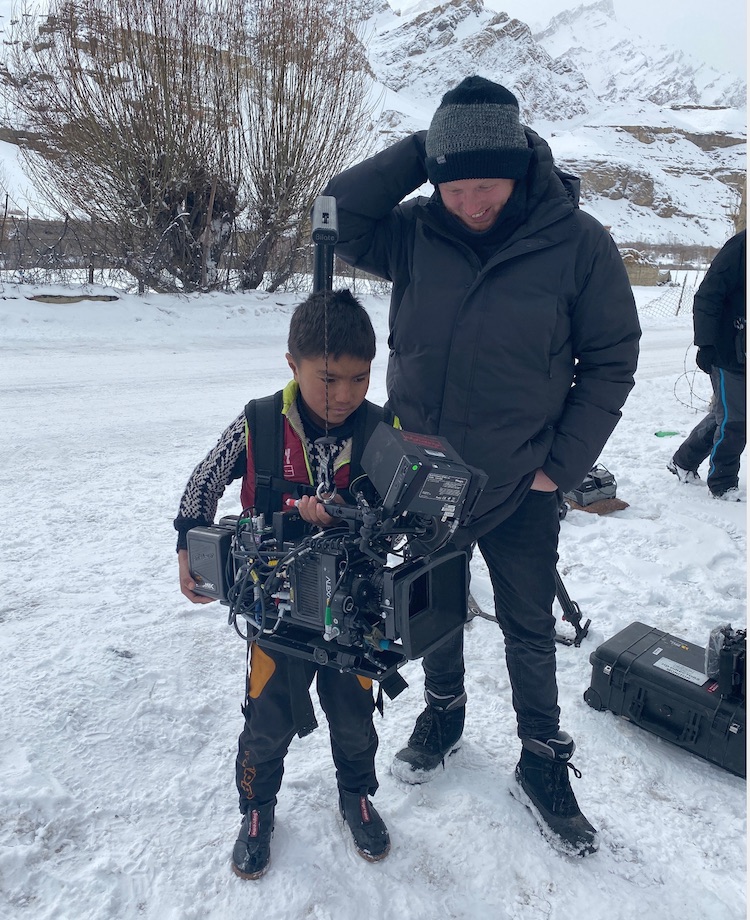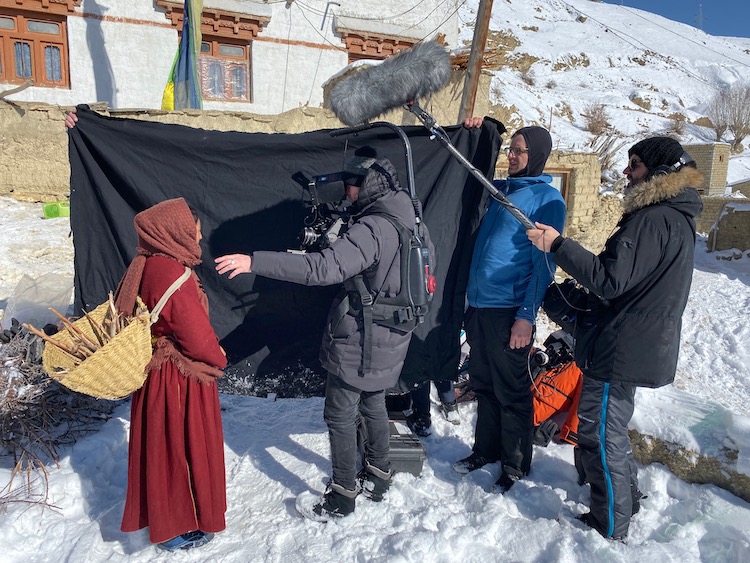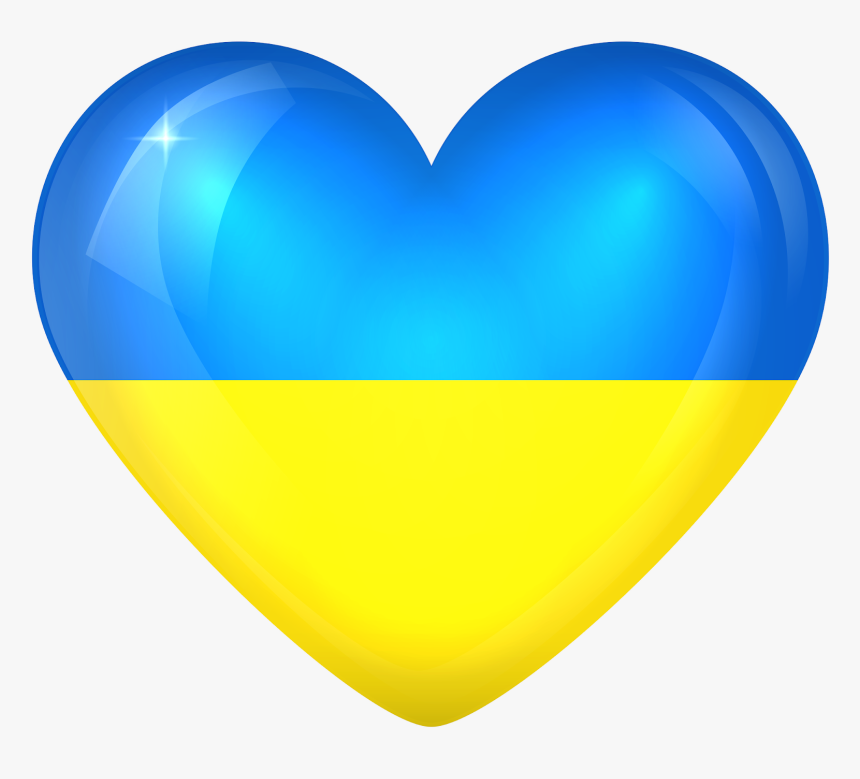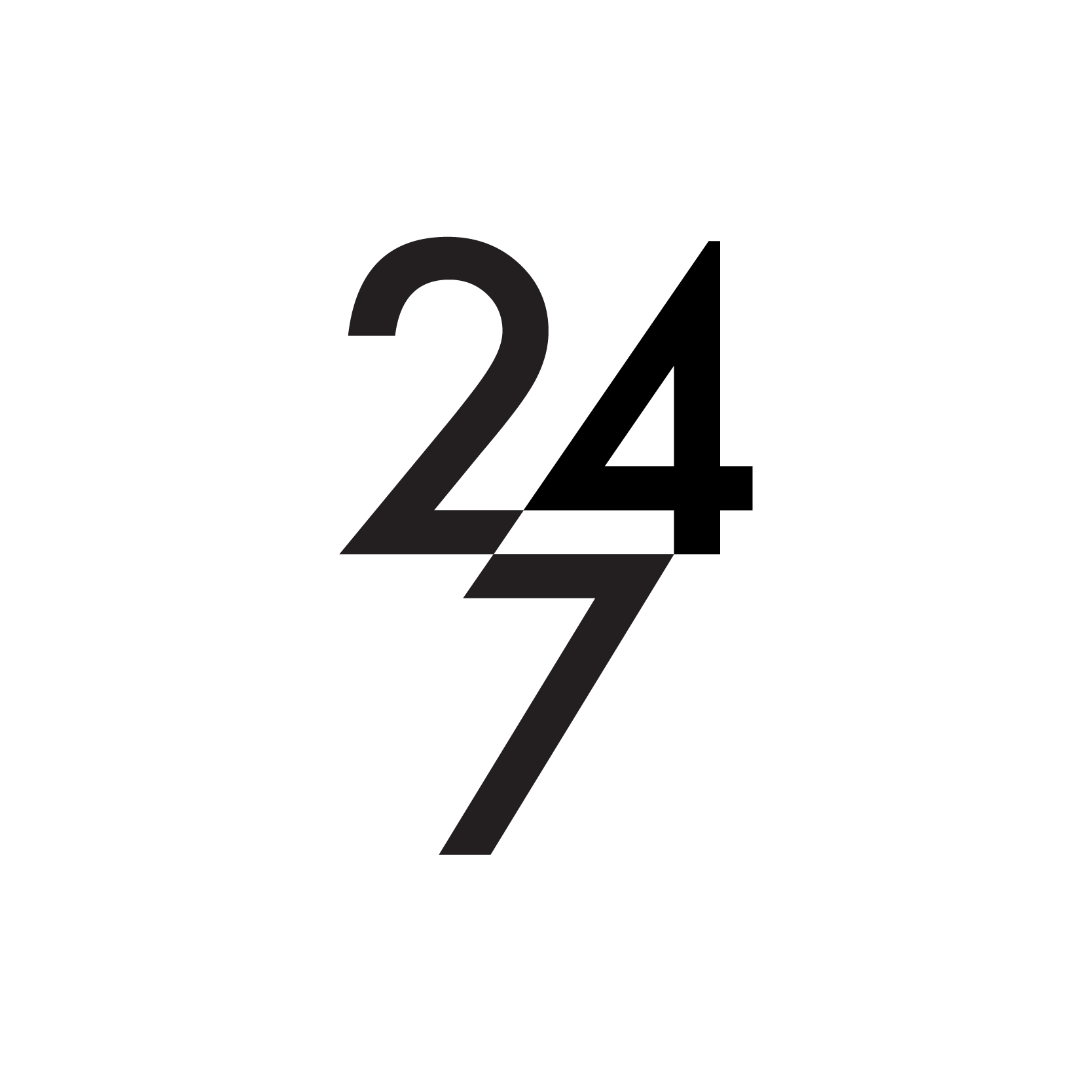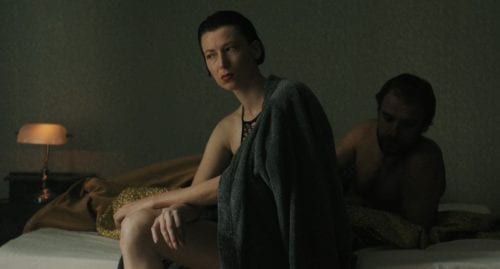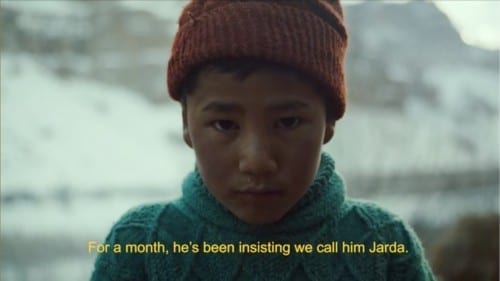We along with everyone else loved your first film set in Tibet, Jágrlama, which you shot two years ago, so it must have been rather daunting to return to make another film there. Or did the desire to make the film outweigh the risk?
We had talked about another video with the NGO for the Brontosaurs in the Himalayas several times. They wanted to shoot a sequel to Jagrláma with follow up of little Lobzang, but I felt that it was just an unnecessary stretch, so I consistently refused. But when the NGO came up with another project, this time to promote science in a local village and the McCann Prague office joined the creative, I changed my mind.
There was a slight doubt that we would not be able to repeat the quality of the first film and I felt it constantly during production, but on the other hand the desire to return to the same place, meet the same people and repeat similar adventures gave me taste and new ideas.
When did the seed of the idea for Physics come about?
The copywriter Jan Benda from McCann planted it about four months before filming and it contained in its germ the basic idea of mothers who are angry with their children doing dangerous games and experiments to drive their curiosity. This initial idea then grew into the whole story.
Did you have a tight narrative plan to follow or did a lot of the story evolve on location?
We had a script written, but as it turned out on the spot, the story had to adapt to the local conditions, because not all planned attempts were made on the spot and not all the characters were found. But on the contrary, new motives emerged, such as the figure of a neighbor who sees physics as an evil spirit that possessed children. This character was based on the real nature of the actor. That is how we worked. The structure and message remained more or less the same as in the scenario, but we only reached it in a slightly modified way than we originally wanted.
Is this the same good-spirited community you filmed Jágrlama with? How do you communicate with them especially when directing them?
Yes, it’s the same village we filmed Jagrláma two years ago. That’s why it was harder to find the right locations and actors this time, because we didn’t want to repeat and use the same people and places. It was also interesting to see what consequences the first video left in the village. Especially about the main hero. Everybody in the village named him Jágrláma and he was a kind of celebrity for most of the villagers.
This time the communication was made easier thanks to a young boy Stanzin Jigmet. He studied at university in India and thanks to that his English was at a the high level. So he was something like translator and AD in one person for me. And where the English failed, hands and feet did the trick.
What were the main challenges of the production and the shoot?
It was definitely cold this year. Compared to the last shoot, we only had a few sunny and warmer days, which is why our rooms did not manage to heat up during the day, because the only heating in our accomodation was from the sunshine beams. During the day it was around minus 25 degrees outside and in the evening in the rooms we were happy for a beautiful two degrees.
Except for the temperature it production time was also a challenge because this year we had only 14 days for the whole trip, preproduction and production.
And then it was definitely a yak ride. It was said that this animal was used for riding in the past, but the locals have forgotten this skill. Therefore, it was one big unknown, which fortunately succeeded after several wild attempts by our actor.
Will you be returning for another sequel?
I don’t think so. I was saying the same thing after Jágrláma, and then I was tempted again, but now I really feel that I would be too recycled, if I shoot another sequel. But I definitely plan to return to the village, this time in the summer and without a camera, because the locals have grown so close to my heart that I perceive them as my distant “family”.
Meanwhile, during lockdown are you taking a break or feeling inspired creatively?
In the first fourteen days I was in the quarantine without my wife and little daughter, so I devoted myself to drafting ideas that had been hiding in a drawer for a long time. But after we’re together again, I admit that I only enjoy their presence.
